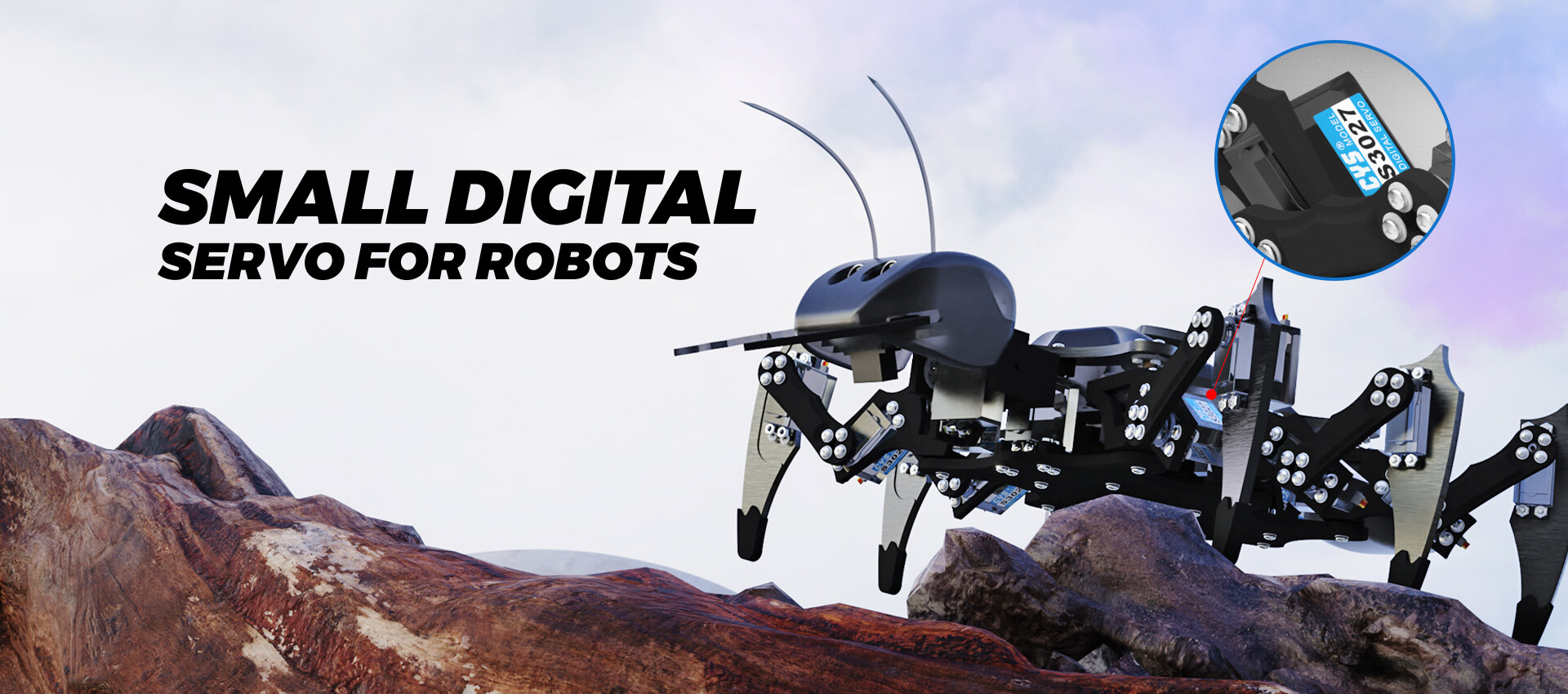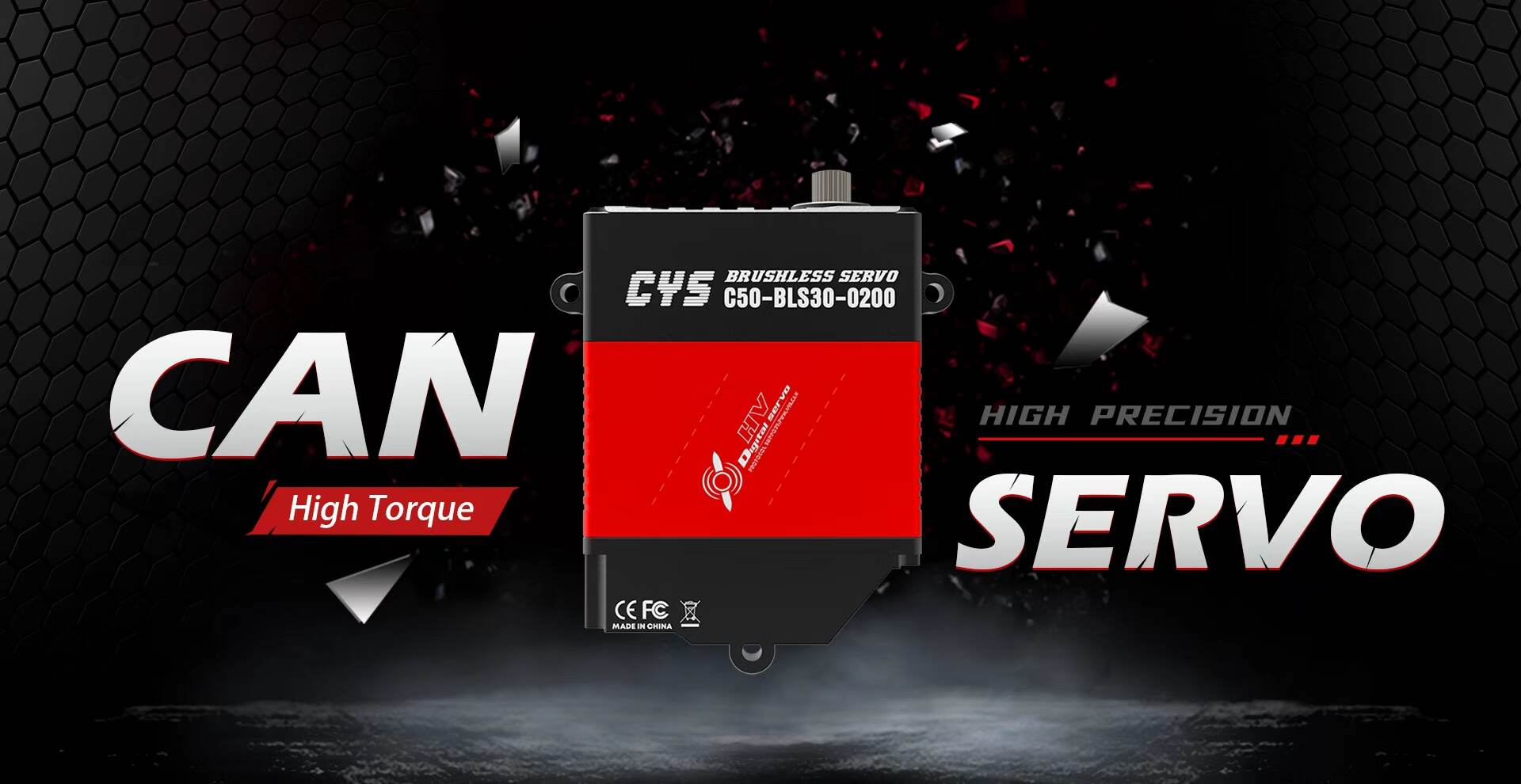Email cannot be empty
Password cannot be empty
Email format error
Email cannot be empty
Email already exists
6-20 characters(letters plus numbers only)
The password is inconsistent
Email format error
Email cannot be empty
Email does not exist
6-20 characters(letters plus numbers only)
The password is inconsistent


Pitfall Avoidance Guide: 5 Key Parameters You Must Know Before Buying a Servo Motor
So, you're building a robot, an RC car, or an automated project and you need a servo. You browse online and are immediately overwhelmed by hundreds of models, each with a list of cryptic numbers and specs. Choosing the wrong one can mean wasted money, stalled projects, and a lot of frustration.
Fear not! This guide will walk you through the five most critical parameters you need to understand to avoid common pitfalls and select the perfect servo for your application.
1. Torque (kg-cm or oz-in)
-
What it is: Torque is the rotational force of the servo, essentially its "strength." It determines how much load the servo can move. It's typically measured in kilogram-centimeters (kg-cm) or ounce-inches (oz-in).
-
Why it matters: If your servo doesn't have enough torque, it will struggle, become jittery, overheat, or simply not move at all. This is the number one reason for servo failure in a project.
-
The Pitfall to Avoid: Don't just buy the servo with the highest torque. It's often overkill, more expensive, and consumes more power.
-
How to Choose: Estimate the weight and leverage (distance from the pivot point) of the object you're trying to move. Always choose a servo with a torque rating that is 1.5 to 2 times your calculated requirement to ensure smooth and reliable operation.
2. Speed (sec/60° or s/60°)
-
What it is: Speed measures how fast the servo can move. It's defined as the time it takes for the servo horn to rotate 60 degrees with no load applied. It's given in seconds per 60 degrees (sec/60°). A lower number means a faster servo.
-
Why it matters: Speed is crucial for applications requiring quick reactions, like high-performance RC racing, drone gimbals, or fast-moving robotic limbs.
-
The Pitfall to Avoid: There's often a trade-off between speed and torque. A very fast servo may not be very strong, and vice-versa. You need to find a balance for your specific needs.
-
How to Choose: For robotic arms or slow, precise movements, standard speed (0.2s/60°) is fine. For racing or flight controls, look for a high-speed servo (0.10s/60° or less).
3. Operating Voltage (V) and Type (Analog vs. Digital)
-
What it is: This specifies the voltage range (e.g., 4.8V - 6.8V) the servo can safely run on. This is directly tied to whether a servo is Analog or Digital.
-
Why it matters:
-
Voltage: Running a servo at a higher voltage (e.g., 7.4V vs. 6.0V) will increase both its speed and torque. Always check your servo's maximum voltage rating before connecting a battery.
-
Analog vs. Digital: Digital servos have a microchip that provides a much faster response time, higher holding torque, and smoother movement around the center point. They are superior in performance but consume more power.
-
-
The Pitfall to Avoid: Using a 7.4V LiPo battery on a servo rated only for 6V will likely destroy it. Choosing a slow analog servo for a high-performance application will result in sluggish performance.
-
How to Choose: Match the voltage to your power source (BEC/ESC). For basic hobby projects, analog is sufficient. For precision, robotics, and competitive RC, invest in a digital servo.
4. Gear Type (Plastic, Metal, Karbonite)
-
What it is: This refers to the material of the internal gears that transfer the motor's power to the output shaft.
-
Why it matters: Gear material is the primary factor in a servo's durability and resistance to damage from impacts or stalls.
-
Plastic/Nylon: Lightweight and cheap, but can strip easily under stress or high torque.
-
Metal (e.g., Aluminum, Titanium): Extremely strong and resistant to stripping, perfect for heavy-duty applications and large RC models. They are heavier and more expensive.
-
Composite (e.g., Karbonite): A proprietary material (from Horizon Hobby) that offers a great middle ground—stronger than plastic, nearly as light, and more affordable than metal.
-
The Pitfall to Avoid: Using plastic gears in a heavy robot leg or a large RC truck is a recipe for stripped gears and downtime.
-
How to Choose: For lightweight, indoor models: plastic is okay. For most general-use projects: composite gears are excellent. For extreme performance, heavy loads, or crash-prone applications: invest in metal gears.
5. Size and Weight
-
What it is: The physical dimensions and mass of the servo body, usually given in millimeters (mm) and grams (g). Standard sizes are Micro, Standard, and Large.
-
Why it matters: Your servo must physically fit into the allocated space in your project's chassis or frame. In aircraft and drones, every gram counts directly towards flight performance and battery life.
-
The Pitfall to Avoid: Ordering a powerful "standard" sized servo only to find it's too big for your robot's pre-designed shoulder joint.
-
How to Choose: Always check the dimensional diagram before you buy! Know the exact space you have available and the weight constraints of your project.
